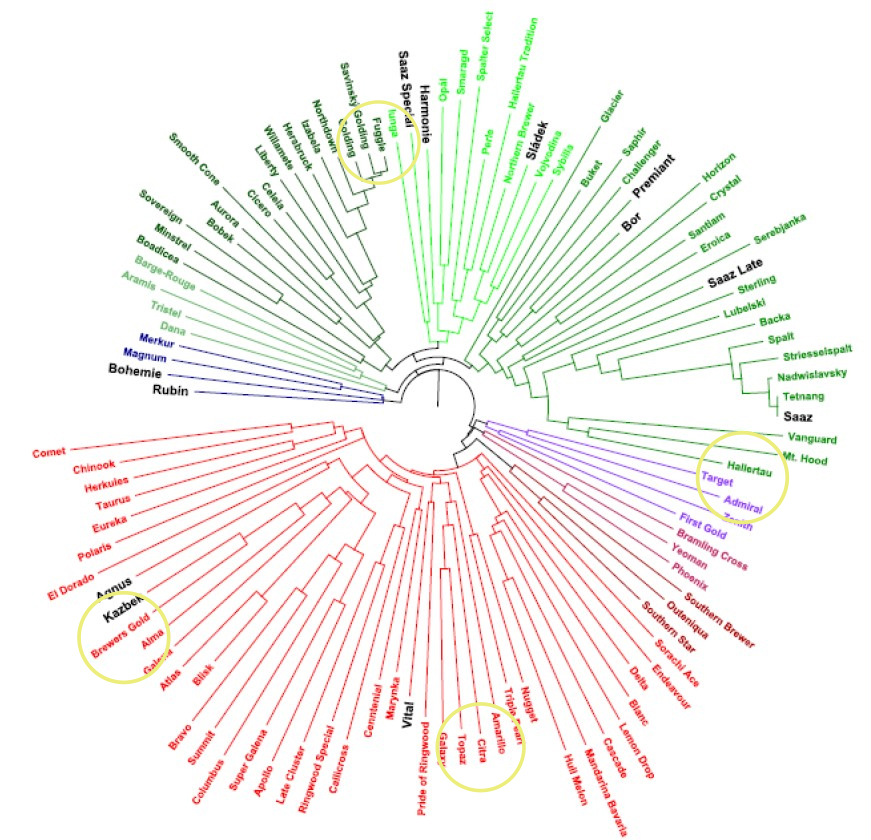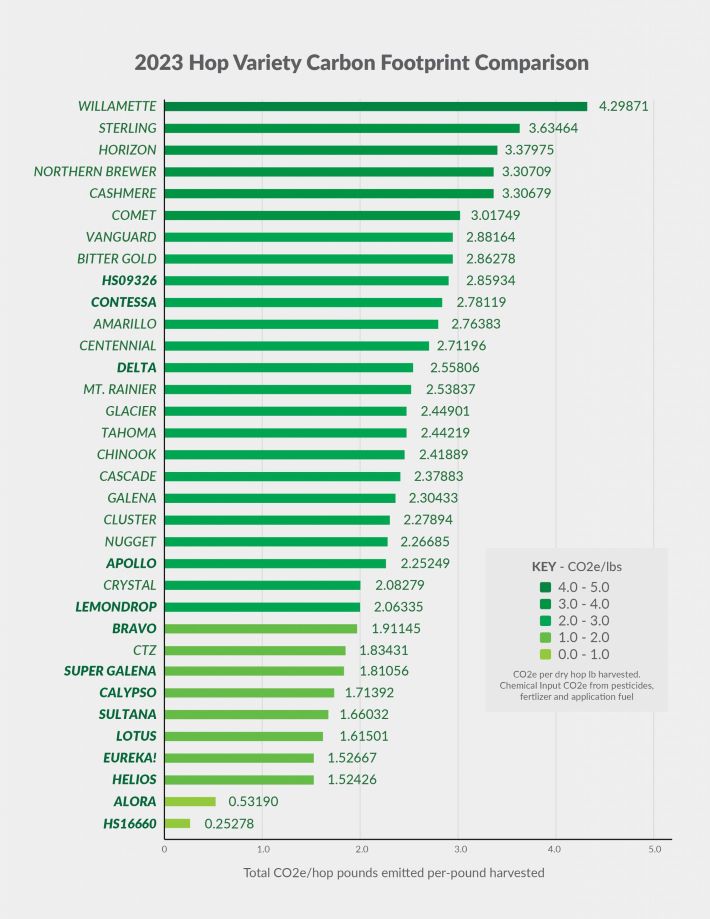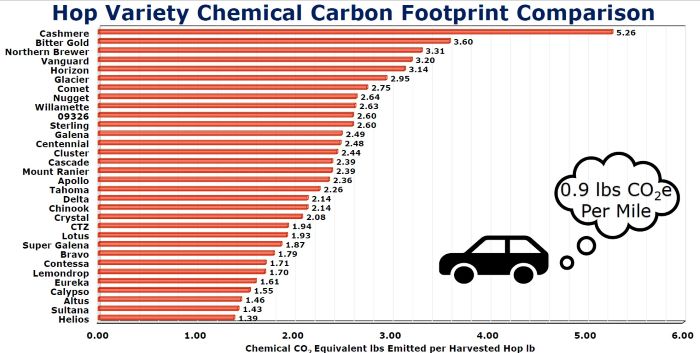* From a good family
* Hop profile: Nugget
* Links
-Oregon I: Indie Hops
-Oregon II: The sub-region
-Orange hops
* Hunting for hops in Vegas
Welcome to Vol. 7, No. 12. This wraps up seven seasons for Hop Queries. So why not go to Las Vegas? I will be there soon (April 21-23) for the Craft Brewers Conference. The hop-related technical presentations are not as numerous nor always as in depth as at the World Brewing Congress (in Minnesota this year, in August), but I expect to learn plenty and will share the information in future Queries. There is no better place to check in with hop merchants from almost every significant hop growing region in the world.
I recognize that a relatively small number of subscribers will be in Las Vegas, so have made a list of a few essential stops the last section of the newsletter this month. The suggestions still may be of interest to those of you not attending, because the topics on the agenda reflect what is top of mind in hops at this moment.
THIS IS NOT A FAMILY TREE

This dendogram looks a little like the (out of date) family tree of yeast (scroll down to find the “tree”) unveiled in the mid-teens, but it does not connect mother and daughter (or grandparents and offspring) like a chart that illustrates how Citra became Citra. It represents the “genetic distances of 109 world hop collection cultivars based on 269 polymorphic molecular markers.”

